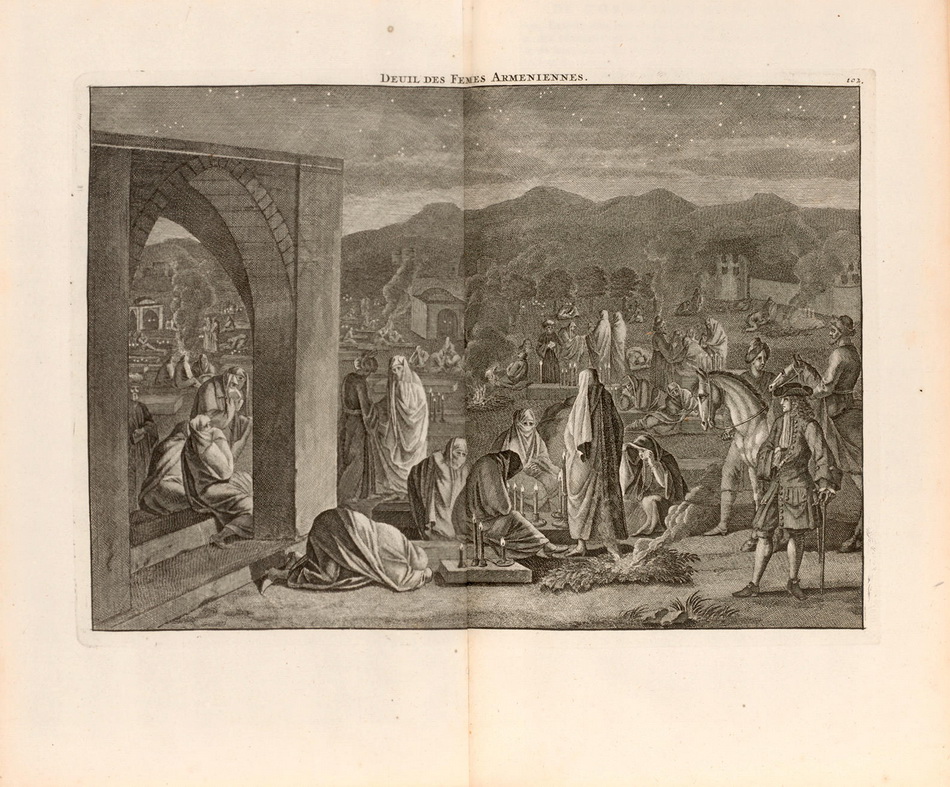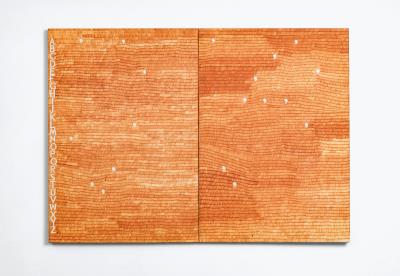Gunter Damisch,当代艺术I-
Gunter Damisch * - Zeitgenössische Kunst I-
(Steyr/Upper Austria 1958–2016 Vienna)
“Gelbfeldweltversammlung”, signed, dated (illegible) G. Damisch 94 (?) on the reverse as well as titled “Gelbfeldweltversammlung”, oil on canvas, 110 x 110 cm, on stretcher
Exhibited and full-page colour ill. in catalogue:
Gunter Damisch. Malerei, Galerie Hilger, 1995, plate 4
Provenance:
Private Collection, Vienna
Für mich ist die Kunst eine Kraft zum Leben und eine Lebensform, sich selbst zu finden.
Gunter Damisch – im Gespräch mit Friedhelm Mennekes
aus dem angeführten Katalog
For me, art is a life force and a way of life through which to find oneself.
Gunter Damisch, in conversation with Friedhelm Mennekes from the aforementioned catalogue









